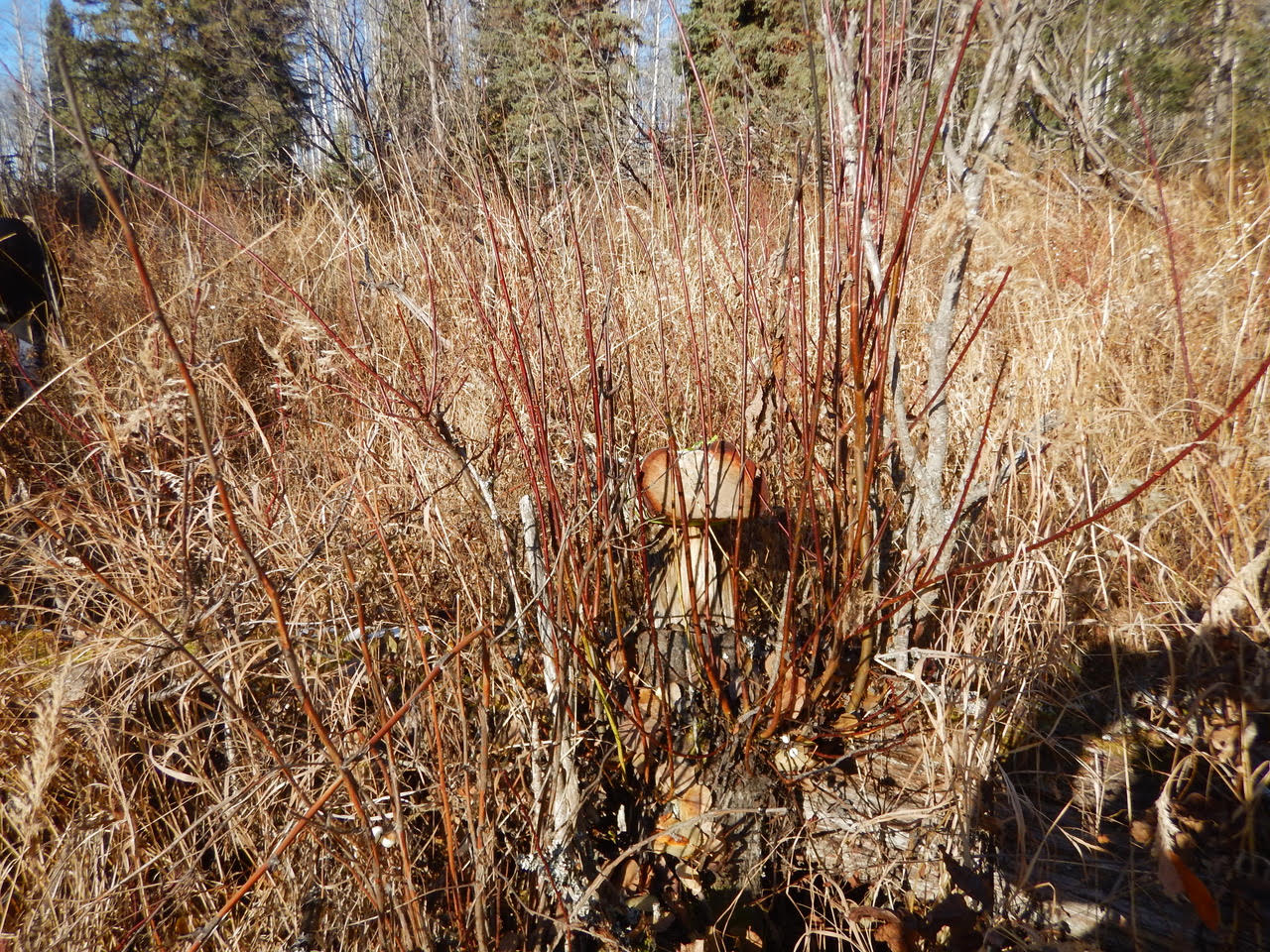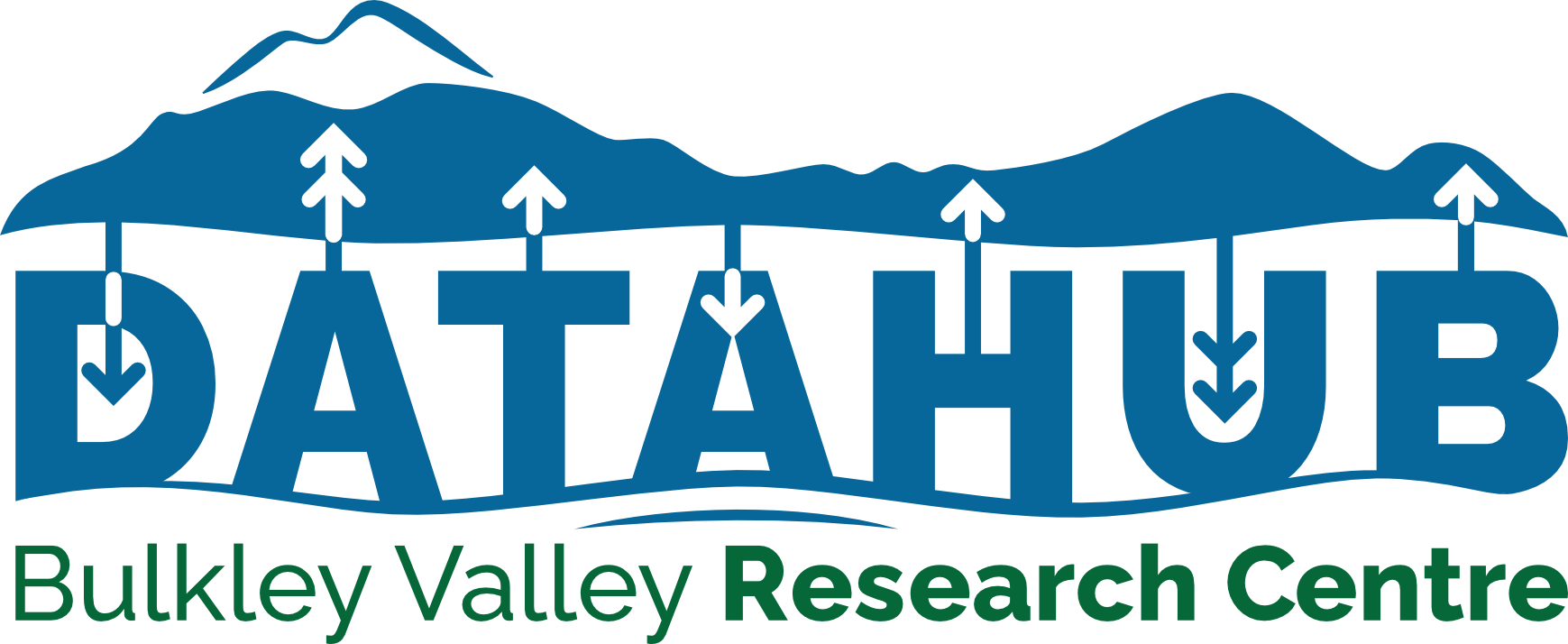Moose Winter Willow Forage Enhancement Operational Research

About this presentation
In 2021/22, 630 ha of Scouler’s willow sites on Old Fort Mountain, Babine Lake watershed, were manually treated by hinging or felling 65-75% of the mature willows to promote both stump and bowl sprout production. Nine treatment units were established to comparatively assess shoot biomass production and total nitrogen [N] content based on seasonality of treatment (winter, pre-flush, post-flush) and elevation of treatment (high, middle, low). Fall leafless morphometric measurements of sprout production was conducted in 2021, the first growing season post-treatment, along with [N] sampling as a surrogate for crude protein content. Winter assessments of habitat re-classification, moose habitat use, browse availability, and browse utilization were conducted in 2022. These assessments are scheduled to be repeated in 2023/24, the third year post treatment.
First growing season highlights:
- 335% annual shoot biomass gain compared to if there was no treatment
- estimated carrying capacity for Old Fort Mountain increased by 13 moose
- season and elevation of treatment does not appear to be hindering sprout production
- season and elevation of treatment has no noticeable or marginal effect on nutrition
About the presenter
Len Vanderstarr (R.P.F. (Ret.), R.P.Bio, RCGS Fellow) is a wildlife and ecosystem biologist based in Smithers, BC. He is the project manager and lead biologist at Northern Habitat Solutions. He is an avid adventurer and was the first Canadian to climb all the tallest points across Canada.

